Original article by | Stacy Muur ( @stacy_muur )
Compiled by | Odaily Planet Daily ( @OdailyChina )
Translator | Dingdang ( @XiaMiPP )

Editors note: @BinanceResearch published a research report on the evolution of token models in June 2025, which deeply reviewed the attempts and lessons of Web3 projects in token design, incentive mechanisms and market structure in the past few years. From the bubble in the 1CO era, the short-lived glory of liquidity mining, to the recent projects re-examination of issuance methods, governance methods and economic models.
Stacy Muur sorted out this report and summarized ten key observations, revealing core issues such as governance failure, low airdrop efficiency, model fragmentation, and supply distortion. It also pointed out the markets gradual return to real demand and income support . In the market downturn, these insights may provide important references for the next stage of token issuance, valuation, and mechanism innovation.
1. Only 15% of ICO-era projects were successfully listed on exchanges
78% of the projects were outright scams, and the rest either failed or faded into obscurity, which shows that the market at the time was full of short-termism and lacked real sustainable construction momentum.
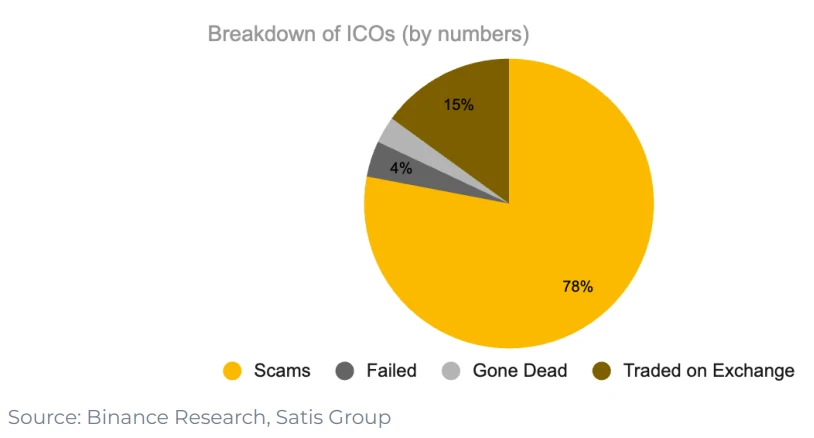
2. “Governance” as a token utility design doesn’t really work
After the UNI airdrop, only 1% of wallets chose to increase their holdings, and 98% of wallets never participated in any governance vote.
Governance sounds great in theory, but in practice it is often just another way of saying “exit liquidity.”
3. Liquidity mining started with Synthetix in 2019, but failed to sustain long-term demand
However, “governance rights” have not maintained continued attention to the project. Data shows that 98% of airdrop recipients never participate in governance, and most people sell their tokens directly after the airdrop.
4. Axie Infinity and Helium’s attempts at a multi-token model failed
Projects like Axie Infinity and Helium have adopted a multi-token model that separates “speculative value” from “functional utility.” One token is used for value capture and another for network usage.
But in practice, this split didn’t work: speculators flocked to the “utility tokens,” incentives were misaligned, and value began to fragment. Ultimately, both projects had to return to a simpler single-token design.
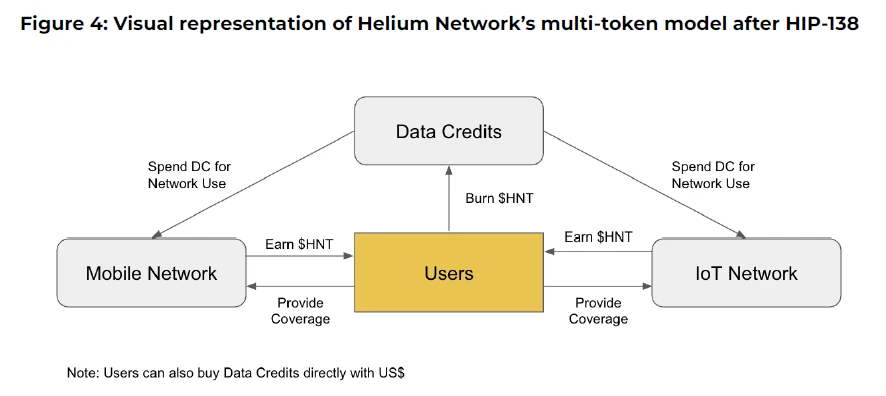
5. Private equity financing peaks in 2021-2022
Total funding in 2021 reached $41.46 billion
40.12 billion USD in 2022
This scale is more than twice the total amount of financing in the entire cycle of 2017-2020. However, this financing boom did not continue afterwards.
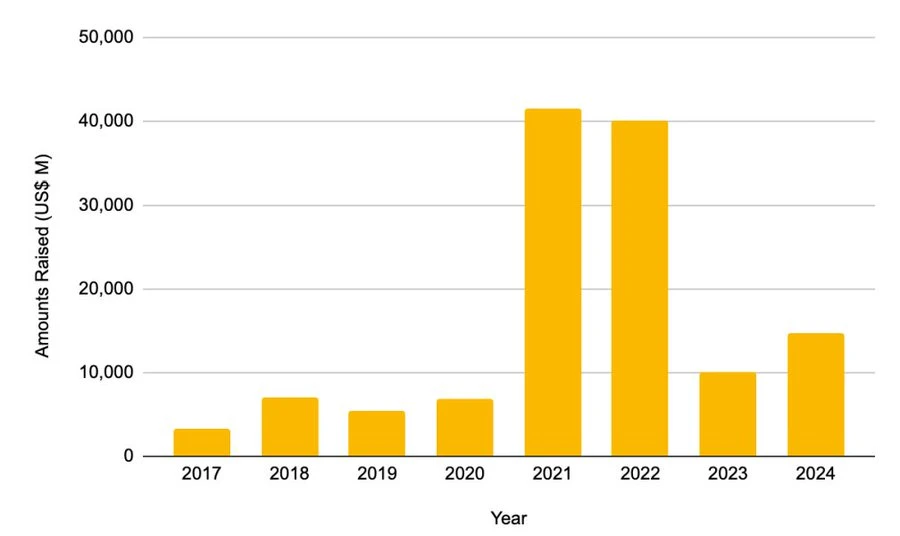
6. After the L2 airdrop snapshot, the usage of cross-chain bridges dropped sharply
Whenever L2 announces an airdrop snapshot, the usage of the cross-chain bridge drops rapidly, which means that this surge in usage is not due to real demand, but is caused by airdrop parties swiping transactions.
Most users sell their tokens after the airdrop, and project owners often mistake this short-term traffic for true product-market fit.
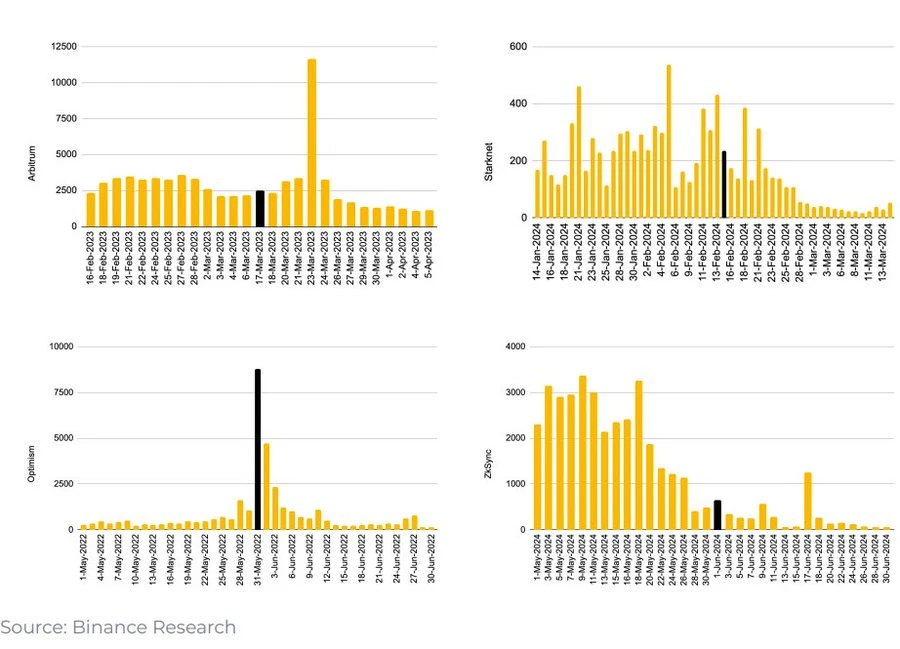
7. In 2025, the token issuance method will be adjusted
The initial market circulation has increased significantly
Average fully diluted valuation (FDV) decreased from $5.5 billion to $1.94 billion
Data shows that tokens with a higher circulation ratio and more reasonable valuation at the time of issuance perform better after listing. The market is gradually rewarding more realistic and transparent token economic models.
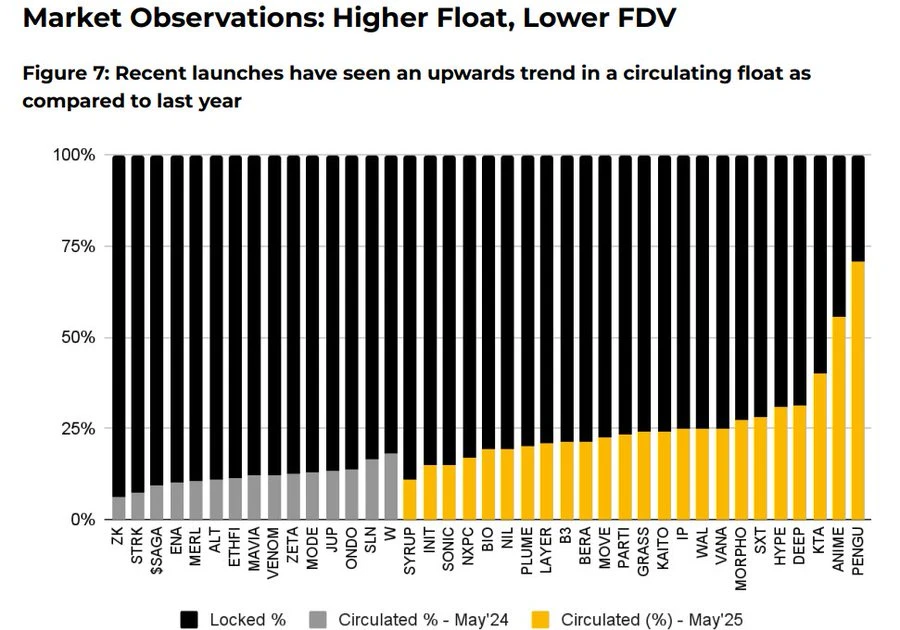
8. Buyback mechanism returns
Aave , dYdX , Hyperliquid , Jupiter and other protocols have launched structured redemption and destruction plans, using protocol revenue to repurchase tokens from the market and destroy them. This is both a symbol of financial health and a stopgap measure when the problem of lack of utility of tokens has not been solved.
9. The truth about Hyperliquid’s buyback
Take @HyperliquidX as an example. The protocol has repurchased and destroyed more than $8 million worth of HYPE tokens, which came from 54% of its transaction fee income. However, these repurchases did not distribute dividends to coin holders, but only supported the token price by creating scarcity.
Critics argue that this buyback is a mismatch of capital. It creates artificial deflation instead of returning real returns to token holders. In contrast, a token model with profit-sharing attributes may provide a better incentive match.
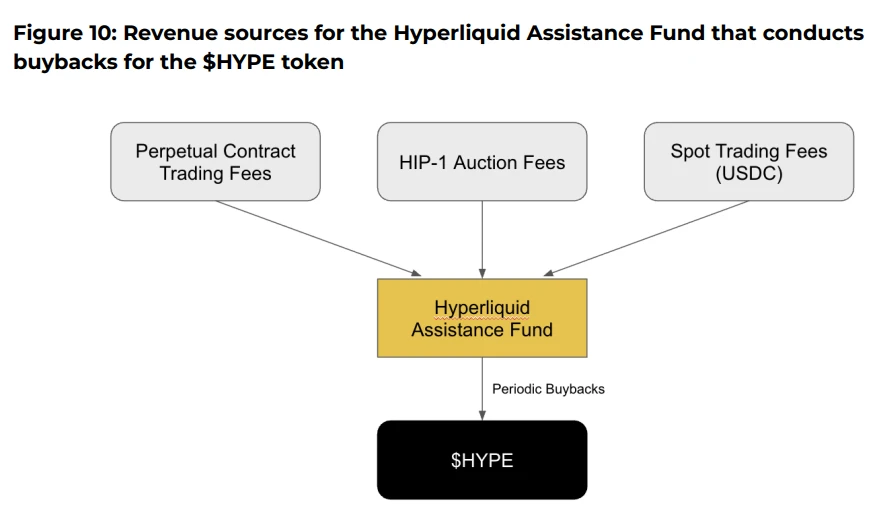
10. Believe App is an emerging player in the current ICM (Instant Creation Market) narrative
The application allows users to easily create tokens on the Solana chain by posting tweets in a specific format on X (formerly Twitter), such as $TICKER + @launchcoin , which will trigger price discovery and liquidity deployment through the binding curve model, enabling community tokens to be released and traded without development.

Final conclusion: Despite evolving models, token utility remains an open question
Governance mechanisms have proven to lack user stickiness
Buyback programs are, to some extent, just a proxy for the lack of intrinsic demand for tokens
Points and airdrop mechanisms are more inclined towards short-term strategies










